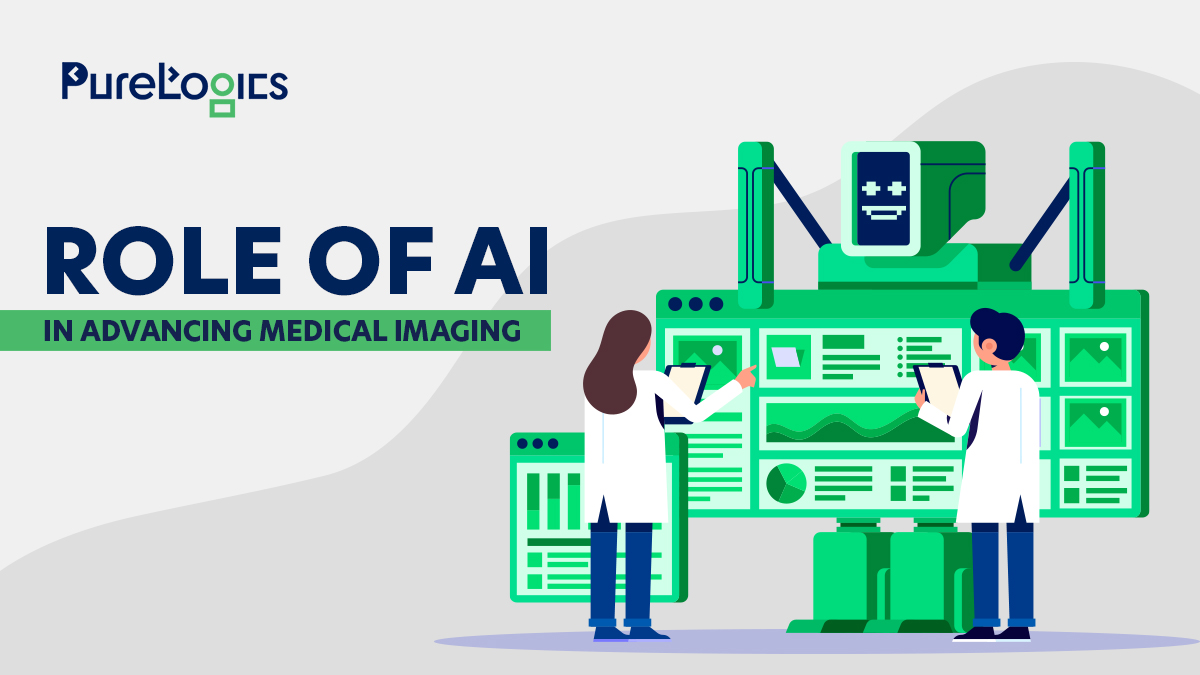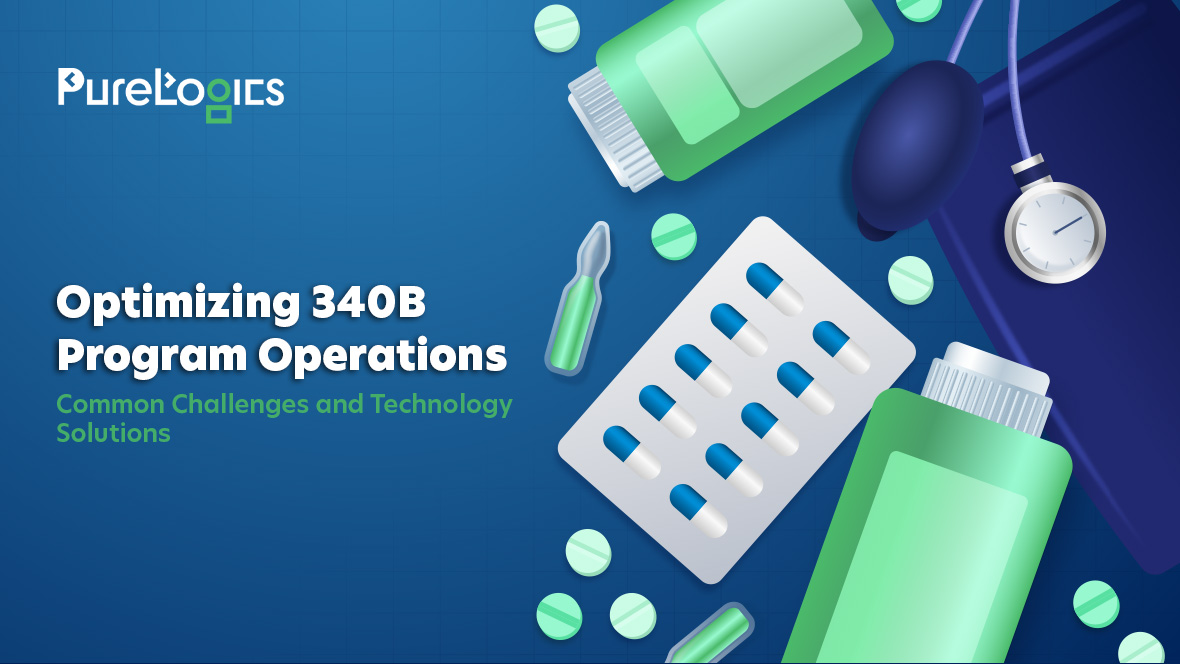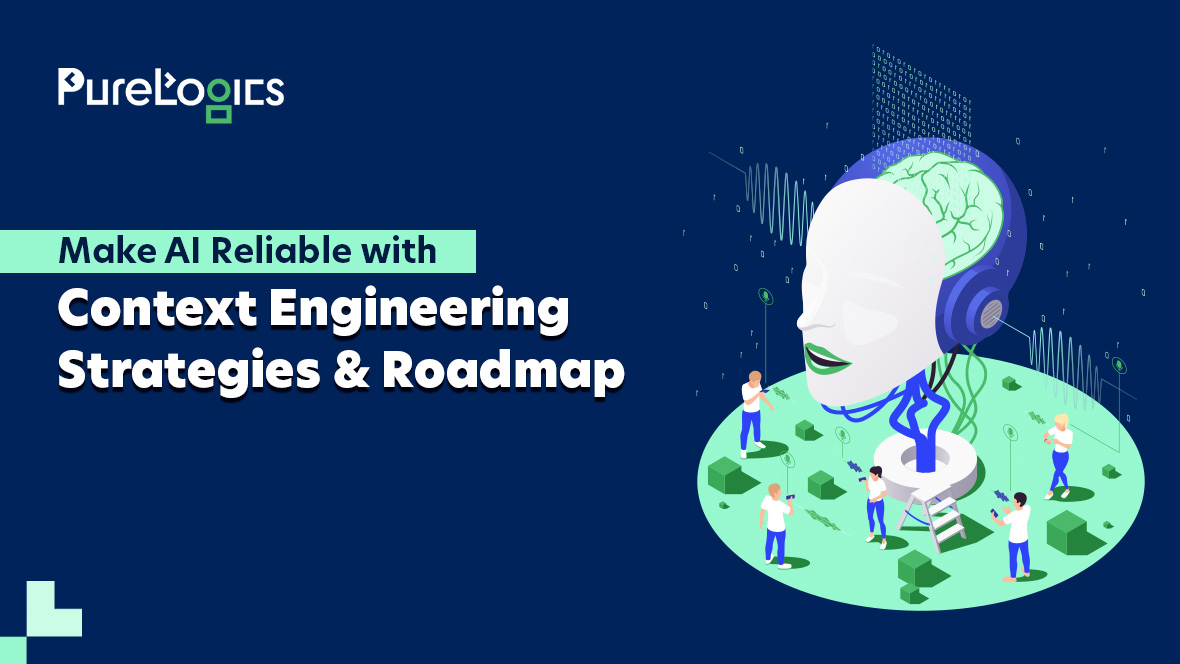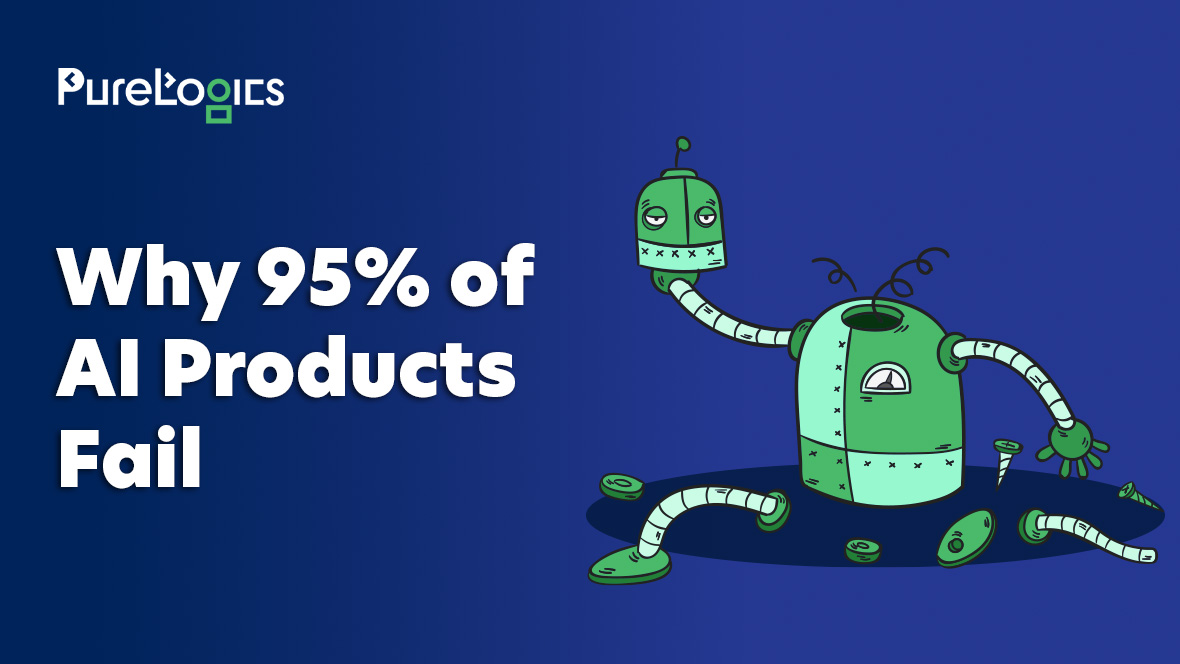Like all other facets of today’s society, artificial intelligence (or simply AI) is the dominating force in the healthcare industry. Its benefits for healthcare experts are exceptional, and for patients, they are actually lifesaving. AI’s active role in medical imaging is transforming the future of radiology. Thanks to AI; doctors are now able to make accurate and personalized diagnoses for their patients.
Radiology has evolved a lot since the creation of the MRI. With the technology of Picture Archiving and Communication Systems, radiology advanced from film-based to digital imaging. Later on, 3D imaging provided improved images for less invasive mechanisms. The outcomes of 3D imaging were more accurate and sharper images and a faster rate of patient recovery. Today, artificial intelligence is ready to take radiology to a brighter technological future.
In this blog post, we have discussed AI’s role in medical imaging in detail. So, let’s begin reading to see how AI will make a difference in medical imaging!
Embrace the Future of Medical Imaging
Revolutionize diagnostics, enhance patient outcomes, and streamline workflows with our innovative AI solutions in medical imaging.
What is Medical Imaging?
Medical imaging refers to using multiple technologies to examine a human body to diagnose or treat different medical conditions. It primarily includes employing non-invasive visualization mechanisms to view and diagnose injuries and other chronic conditions.
Medical imaging helps healthcare experts to identify injuries in the human body that a human eye may miss. Healthcare professionals use AI medical imaging to:
- Identify complex patterns in imaging data.
- Provide a quantitative evaluation of radiographic traits.
- Identify image modalities (for instance, tumor delineation) at various treatment stages.
- Discover multiple disease features that can’t be detected by a human eye.
Now, let’s talk about the use cases of AI-supported medical imaging.
Use Cases of AI-Powered Medical Imaging
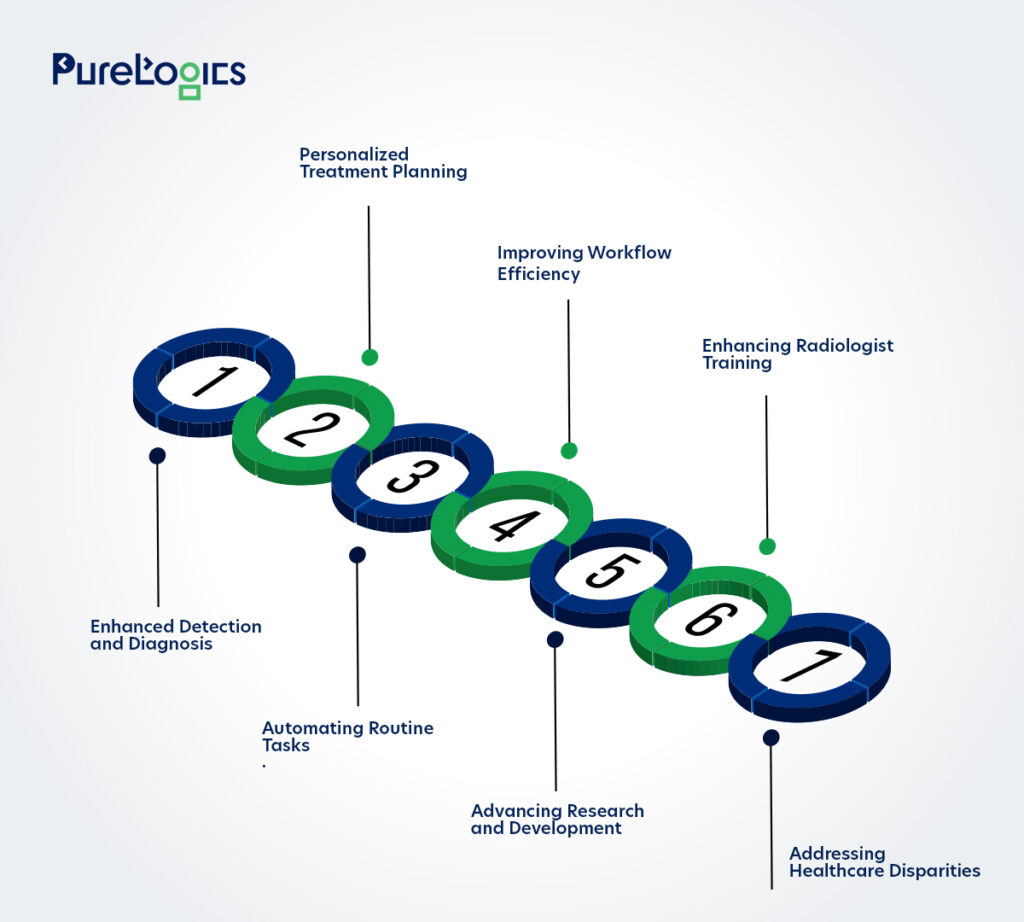
AI-powered medical imaging is revolutionizing the way radiologists and healthcare providers approach diagnostics and patient care. Here are some compelling use cases demonstrating how AI is making an impact in this field:
Enhanced Detection and Diagnosis
One of the most transformative applications of AI in medical imaging is its ability to enhance detection and diagnosis. Traditional imaging methods, while effective, are limited by human factors such as fatigue and the inherent complexity of interpreting vast amounts of data. AI algorithms, however, can process and analyze imaging data at unprecedented speeds and with remarkable accuracy.
For instance, AI systems are increasingly used to detect early signs of diseases like cancer in mammograms, CT scans, and MRIs. These systems can identify minute anomalies that might be overlooked by the human eye, enabling earlier intervention and treatment. For example, AI algorithms have shown to be highly effective in detecting lung nodules in chest CT scans, significantly improving the early diagnosis of lung cancer.
Personalized Treatment Planning
AI’s role extends beyond mere detection; it also plays a crucial role in personalized treatment plans. By analyzing imaging data in conjunction with patient history and other medical information, AI can assist radiologists in developing tailored treatment strategies.
For example, in oncology, AI can analyze tumor characteristics from imaging studies to predict how a tumor might respond to different treatments. This predictive capability allows for more personalized and effective treatment plans, optimizing outcomes and minimizing side effects. Similarly, in neurology, AI can help in assessing the progression of neurodegenerative diseases like Alzheimer’s, guiding personalized care plans.
Automating Routine Tasks
AI is also proving valuable in automating routine tasks in medical imaging, which helps streamline workflows and reduce the burden on radiologists. Tasks such as image annotation, measurement, and reporting can be time-consuming and repetitive. AI tools can automate these processes, allowing radiologists to focus on more complex aspects of patient care.
For example, AI algorithms can automatically segment images, identify anatomical structures, and quantify lesion sizes, all of which traditionally require manual input from radiologists. This automation speeds up the entire process and reduces the probability of errors in medical imaging.
Improving Workflow Efficiency
Workflow efficiency is a critical concern in radiology, given the volume of imaging studies that need to be reviewed and analyzed. AI enhances workflow efficiency by prioritizing cases based on urgency, assisting in triaging and managing patient queues.
For instance, AI systems can flag abnormal or urgent findings, alerting radiologists to review these cases promptly. This ensures that critical cases receive immediate attention, improving patient care and outcomes. Additionally, AI can assist in managing and organizing imaging data, facilitating easier access and retrieval of relevant information.
Advancing Research and Development
AI is not only improving current practices but also driving innovation in medical imaging research and development. Researchers are exploring new AI algorithms and models to address various challenges in imaging.
For example, AI is being used to develop advanced imaging techniques such as synthetic imaging, where AI algorithms generate high-resolution images from lower-resolution scans. This approach can reduce the need for repeat imaging, minimizing patient exposure to radiation. Additionally, AI is aiding in the development of new imaging biomarkers and techniques that could lead to earlier and more accurate disease detection.
Enhancing Radiologist Training
AI also contributes to the education and training of radiologists. By providing access to large datasets and advanced imaging analysis tools, AI enables radiology trainees to gain hands-on experience with diverse and complex cases.
AI-powered educational platforms can simulate various imaging scenarios, offering trainees opportunities to practice interpreting and diagnosing images. These platforms can also provide instant feedback and performance analysis, helping trainees to improve their skills and knowledge.
Addressing Healthcare Disparities
AI has the potential to address disparities in healthcare access and quality, especially in underserved or remote areas. AI imaging tools when deployed in settings can enable healthcare experts to deliver diagnostic services that might not otherwise be unavailable.
For example, AI systems can assist in analyzing imaging studies remotely, providing expert-level interpretations and recommendations even in areas lacking radiology specialists. This capability can improve access to high-quality diagnostic services and contribute to more equitable healthcare delivery.
Struggling with Diagnosis Accuracy?
Boost your diagnostic precision with AI-powered medical imaging. Detect diseases early and improve patient outcomes.
Final Remarks
AI’s role in advancing medical imaging is nothing short of revolutionary. From enhancing detection and diagnosis to personalizing treatment and automating routine tasks, AI is transforming radiology and healthcare as a whole. The integration of AI in medical imaging not only improves the accuracy and efficiency of diagnostics but also paves the way for innovative research and development in the field.
As AI continues to evolve, its impact on medical imaging will likely grow even more profound, further advancing the capabilities of radiologists and enhancing patient care. Embracing these technological advancements will be key to driving progress and achieving better health outcomes in the future.
At PureLogics, we offer a free 30-min consultation call. Give us a call today!


 [tta_listen_btn]
[tta_listen_btn]
 September 18 2024
September 18 2024

